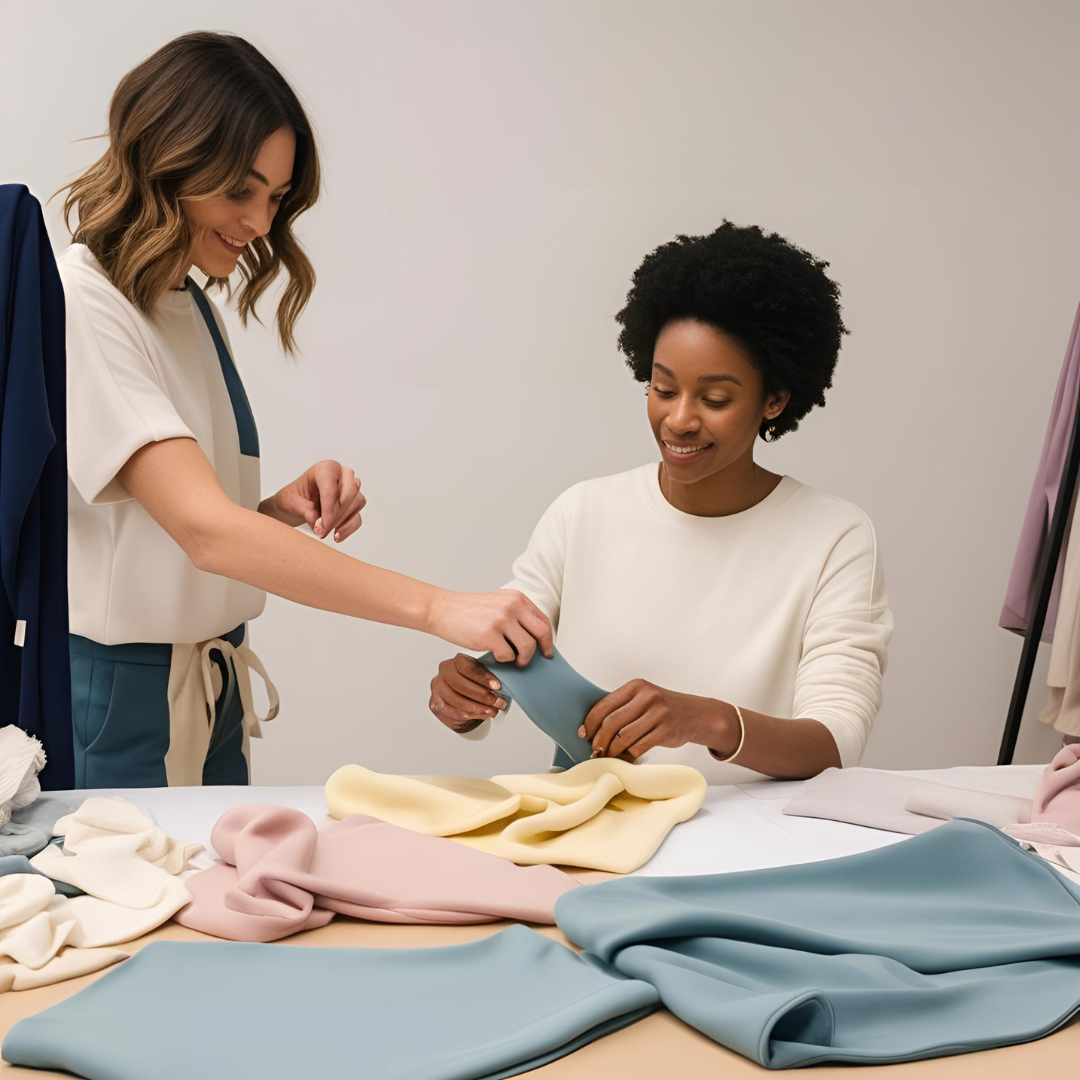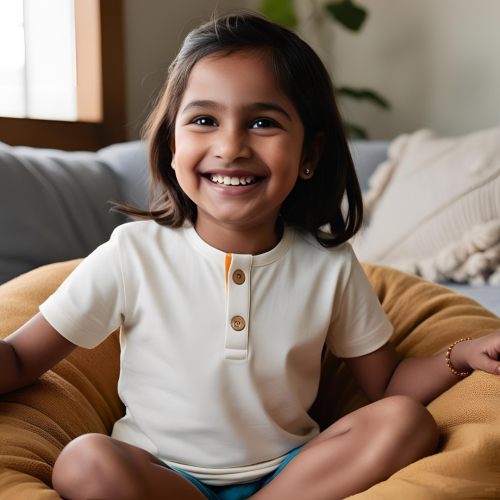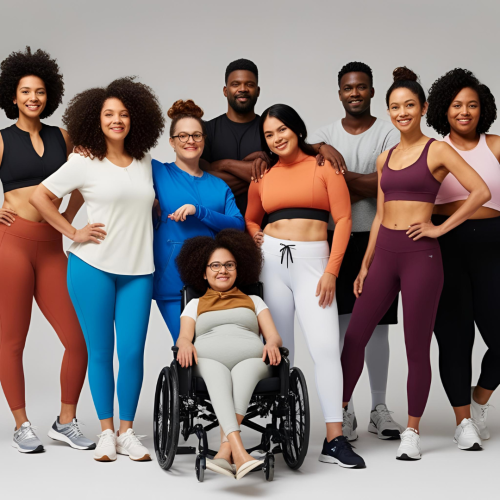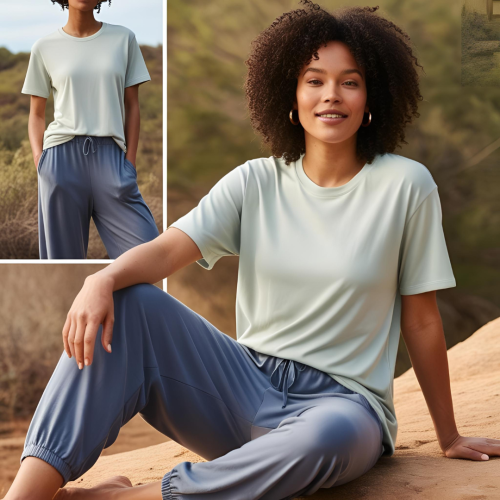Creating a sensory clothing line is not just about designing stylish garments—it’s about making clothes that offer comfort, inclusion, and relief to people with sensory sensitivities. Whether you’re a designer looking to dive into inclusive fashion or someone simply curious about the process, understanding the steps involved in developing a sensory clothing line is key.
Sensory-friendly clothing is designed with people who experience heightened sensitivities in mind, such as those with autism, ADHD, sensory processing disorder (SPD), fibromyalgia, or chronic pain conditions. These clothes address common discomforts such as itchy fabrics, tight seams, or uncomfortable tags, providing relief and allowing individuals to go about their day without the constant stress of dealing with physical irritants.
Let’s dive into the key steps for developing a sensory clothing line and what goes on behind the scenes when creating these garments that cater to sensory needs.
Step 1: Understanding the Needs of the Neurodivergent Community
Before you even sketch the first design, it’s crucial to deeply understand the sensory needs of the people you’re designing for. This means getting firsthand insights into what works and what doesn’t from people who live with conditions like autism, ADHD, or sensory processing disorder.
How to start?
- Conduct interviews with neurodivergent individuals, parents, caregivers, and therapists.
- Attend events and workshops on sensory processing and inclusive design.
- Observe and participate in sensory-friendly spaces to understand the environment and challenges faced by individuals.
By listening to and learning from those who experience sensory sensitivities, you can gain an understanding of what makes clothing both comfortable and accessible. This empathy-driven approach ensures that your designs align with the needs of your audience.
Step 2: Fabric Selection – The Foundation of Sensory-Friendly Clothing
The fabrics you choose will play a significant role in determining the overall comfort and functionality of your sensory clothing line. Fabrics need to be soft, breathable, and non-irritating, which is crucial for individuals with heightened sensitivity to touch.
Ideal fabric options for sensory clothing:
- Organic cotton: Soft, breathable, and free of harsh chemicals.
- Bamboo fabric: Known for being hypoallergenic and moisture-wicking.
- Modal: A smooth, soft fabric that is gentle on the skin.
- Silk and Tencel: Smooth and luxurious fabrics that are breathable and kind to the skin.
Avoid fabrics that may cause discomfort, such as synthetics, polyester, and rough textures that can lead to itching or overheating.
Step 3: Seamless and Soft Designs
One of the biggest challenges for people with sensory sensitivities is irritation from seams and tags. To address this, many sensory clothing lines incorporate seamless designs, which eliminate any discomfort caused by stitching.
Key design elements:
- Seamless clothing: Clothes without visible seams or with specially designed seams placed in non-sensitive areas.
- Flat or hidden seams: For garments that require seams, they should be flat and placed in areas that don’t cause friction against the skin.
- Tag-free options: Instead of traditional fabric tags, use printed labels or even external tags that can be easily removed.
- Stretchy and flexible cuts: Designs with minimal structure and more flexibility, such as garments with elastic bands or wrap-around features, help ensure comfort and easy movement.
Step 4: Colors and Prints – Calming and Soothing Choices
While fabric and design are crucial, the colors and prints used in sensory-friendly clothing should also be considered. Bright, bold patterns can be overwhelming for individuals who experience sensory overload, so the color palette should focus on soothing tones and simple designs.
Ideal color palette:
- Pastels: Soft pinks, blues, greens, and lavenders are calming and less likely to trigger visual sensitivities.
- Neutral colors: Earth tones like beige, gray, and white provide a peaceful, less stimulating look.
- Simple patterns: Avoiding busy patterns, opting for simple stripes, dots, or subtle textures.
By focusing on calming colors and minimalist patterns, you can create clothing that promotes peace and comfort.
Step 5: Prototyping and Testing
Once the fabrics, designs, and details are selected, it’s time to create prototypes. But before launching your line to the public, it’s essential to test these garments with the very people they are designed to help. This will allow you to see how the clothing performs in real-life situations and gather valuable feedback.
Key steps in testing:
- Wear trials: Have neurodivergent individuals wear the prototypes for extended periods to see how they perform in daily life.
- Feedback collection: Get feedback from the testers on how the clothing feels, how easy it is to put on, and if any adjustments are needed.
- Adjustments and revisions: Based on the feedback, make any necessary changes to the fit, materials, or design.
This iterative process ensures that the final product is truly sensory-friendly and meets the needs of your target audience.
Step 6: Production and Ethical Considerations
Once you’ve finalized the design, it’s time for production. Ethical production is particularly important in inclusive fashion. Look for sustainable practices, eco-friendly materials, and fair labor standards to ensure that your clothing line is aligned with your values.
Things to consider during production:
- Ethical factories: Choose factories that follow ethical labor practices and provide fair wages to workers.
- Sustainable practices: Incorporate eco-friendly materials and reduce waste during the manufacturing process.
- Packaging: Use sustainable, recyclable, or minimal packaging to reduce environmental impact.
By choosing ethical production methods, you not only create a better product but also contribute to a more sustainable and responsible fashion industry.
Step 7: Marketing and Raising Awareness
When marketing your sensory clothing line, it’s important to emphasize the benefits of the designs and fabrics, as well as the impact they have on the well-being of neurodivergent individuals. Highlight real stories from customers who have found relief and comfort in your products.
Marketing tips:
- Share testimonials and feedback from people who have experienced sensory sensitivity and found comfort in your clothing.
- Partner with influencers and advocates within the neurodivergent community to raise awareness and promote your brand.
- Create content that educates your audience about the importance of sensory-friendly clothing and how it can improve the quality of life for many people.
By educating your audience and making your message clear, you can attract customers who understand the importance of your work and who are eager to support your inclusive clothing line.
Developing a sensory clothing line is an incredibly rewarding process that requires empathy, creativity, and attention to detail. By designing clothes that prioritize comfort, accessibility, and inclusivity, you can make a real difference in the lives of neurodivergent individuals and contribute to a more inclusive fashion industry.
Whether you’re an experienced fashion designer or someone just starting in the world of inclusive fashion, the creation of sensory-friendly clothing offers a unique opportunity to create something that goes beyond style—it can be life-changing for many people. So, dive in, listen to your audience, and make a lasting impact with your designs.





